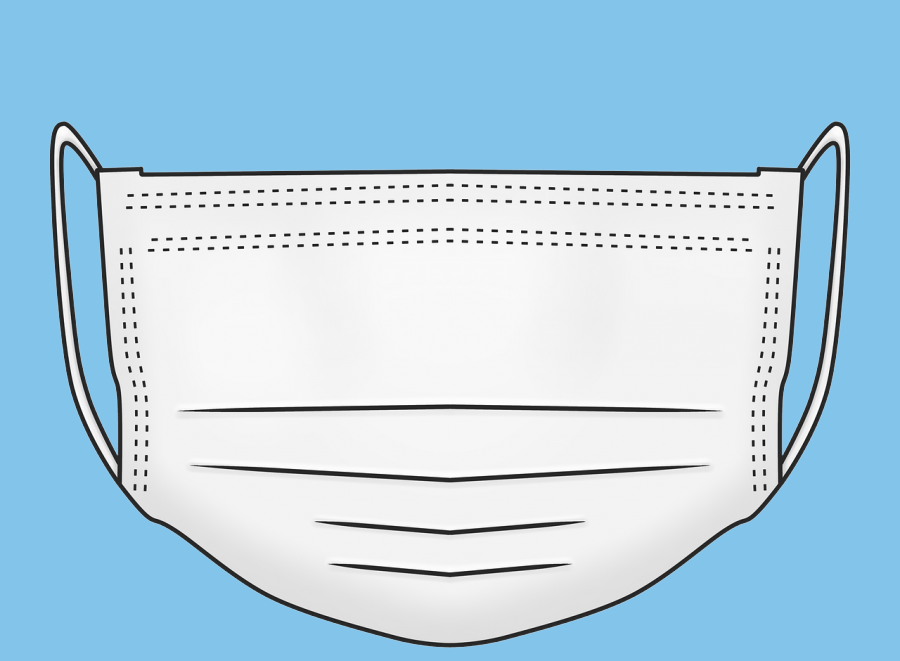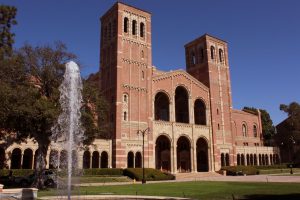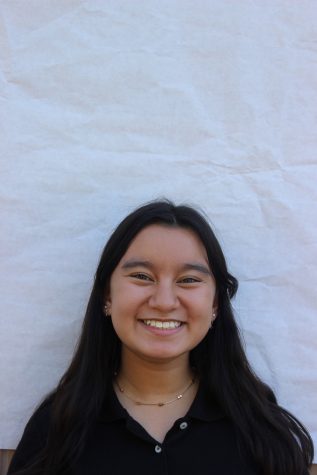COVID-19 testing: taking the SAT during a pandemic
Current social distancing guidelines are requiring students to take the SAT in unprecedented conditions.
September 3, 2020
It’s 6 a.m. on Saturday, Aug. 29 and my alarm goes off; it’s time for me to take the August SAT.
Now, I expected my test to be canceled like pretty much everyone else’s in California. But alas, Liberty High School in Brentwood, CA stood high. Texting my friend Ellie Yan, senior, the day before the test in painstaking anticipation, she told me she called our test center and they told her that there’d be no possibility of them canceling the morning of. I found out 15 hours before my SAT that I’d be taking it.
It was grind time.
I took a practice test, got a score in my goal range, and decided I was ready for the real deal. The next morning, I left my house at 6:40 a.m. and drove 40 minutes to Brentwood.
I arrived at the test center at 7:23 a.m. and was the first one there (shoutout to my parents for their proactiveness). Standing along the pieces of blue tape placed six feet apart, more and more students started to show. At 7:30 a.m., the school finally started letting students into the school one by one. On the door of a fence was a list of statements that each test taker had to respond to. This was the College Board SAT Test Center COVID-19 Safety Screening.
A woman who appeared to be a PE teacher at Liberty High repeated the statement, “In the past 14 days, I have not come into close contact (within 6 feet) with someone who has tested positive for COVID-19 test or is presumed to have COVID-19.”
To which I replied, “Yes.”
“I do not have COVID-19 or have reason to believe I have COVID-19. Symptoms of COVID-19 include cough, fever, chills, muscle pain, shortness of breath or difficulty breathing, sore throat, new loss of taste or smell.”
“Yes.”
“To my knowledge, I am not violating any travel restrictions or quarantining requirements.”
“Yes.”
“I agree to wear a mask the entire time I’m at this test center and follow instructions from test center staff, otherwise I will be dismissed.”
“Yes.”
“We have taken measures to help create a safe testing environment; however, it isn’t possible to entirely remove the risk of COVID-19 exposure. By entering the testing room, you’re accepting that risk.”
“Yes.”
After that, I set foot inside the school’s gates and made my way to my testing room. One by one I watched my fellow Group Two test-takers appear to our area. My proctor checked my registration and asked me to show her the inside of my mask. Yes, students were required to take off their masks for a few seconds just to show that nothing was written on the inside.
At 8:30 a.m., all test-takers had responded to the safety screening and were on campus. The seven Group Two students, including myself, followed our test proctor and made our way into the test room.
We entered the classroom one by one and were seated one desk-length apart. Everyone kept their masks on the entire time and only the proctor spoke. Social distancing guidelines were followed, however, I have no reason to believe that things were wiped down because the room didn’t smell like cleaning products. The test center said things were disinfected though.
The test began around 9 a.m. and finished before 1 p.m., an hour later than it was scheduled for. We stayed in the room the entire four hours. For students who needed to use the bathroom between breaks, they had to be escorted by a school administrator.
As for Yan, she comments that everyone in her room was seated two desks apart. “I expected the mask to hinder my performance, but it actually provided my face some warmth,” she said. “Since I was taking the subject test, I was in the class for a shorter period of time. However, even for the three hours I was in there, I didn’t feel so uncomfortable to the point where it was unbearable.”
All in all, we successfully completed our tests without any distracting anxiety about transmitting COVID-19. However, the risk of transmission was still present.
Yan says, “Being in a closed space with masks off when eating snacks or drinking water [during breaks] significantly heightens the risk of spreading droplets of saliva, particles, viruses, etc. The least we could’ve been allowed was standing in an open area, six feet apart.”
While the COVID-19 SAT testing process could be improved to further ensure safety, an Alameda County judge ruled on Sept. 1 that the University of California system cannot consider SAT/ACT scores in its admissions process, which lessens the need to risk oneself for a standardized test.



